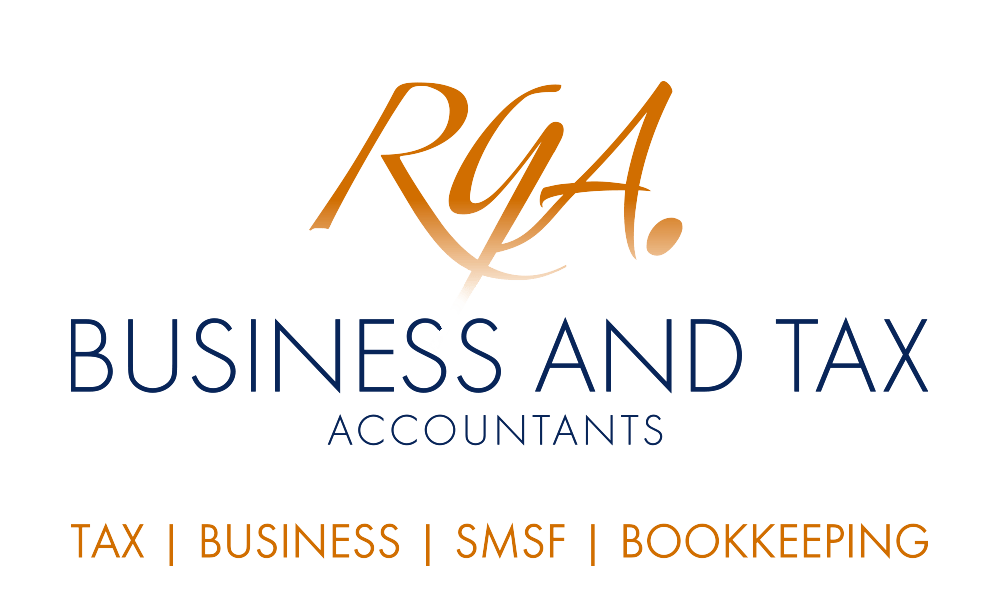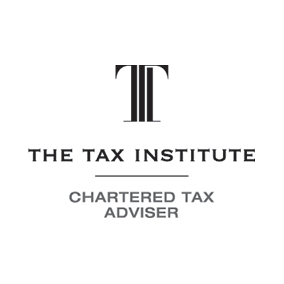Are you considering buying a car for your small business? Eligible small businesses can claim a tax deduction for individual assets that cost less than $20,000.
A small business entity
purchases a vehicle for $22,500. The purchase price includes GST, registration, compulsory third party (CTP) insurance and stamp duty. The GST component of the purchase price is $1,960 and the registration and CTP component is $1,300. Does the vehicle qualify for the $20,000 instant asset write-off?

The $20,000 threshold applies to the "cost" of the relevant asset, in this case a car: see s 328-180 of the Income Tax Assessment Act 1997 (ITAA 1997) and s 328-180 of the Income Tax (Transitional Provisions) Act 1997. Note that the relevant amount is the cost as calculated at the end of the tax year (that is, the year in which the asset is first used, or installed ready for use, for a taxable purpose).
The cost of a depreciating asset for these purposes is determined by the rules in Subdiv 40-C of ITAA 1997. The cost consists of first and second element costs.
The first element is the amount paid to start holding the asset – in effect, in this case, the acquisition cost (ss 40-180 and 40-185 of ITAA 1997). The cost is exclusive of GST. In other words, if the purchaser is entitled to an input tax credit, the first element is reduced by the input tax credit (assuming 100% business use). So, assuming 100% business use of the car, the small business entity can reduce the $22,500 by $1,960. That leaves $20,540.
The first element also includes an amount paid "in relation to starting to hold the depreciating asset if that amount is directly connected with holding the asset" (s 40-180(3) of ITAA 1997). The ATO's interpretative decision ATO ID 2004/74 states that amounts paid for registration and insurance are not amounts paid for the taxpayer's acquisition of the car; they lack sufficient connection with the acquisition of a car to be regarded as incidental to acquiring it. Registration is paid to permit use of the car on the road for a period of time and insurance premiums are paid to secure motor vehicle (and/or third-party) insurance for a period of time.
ATO ID 2004/74 was withdrawn because, the ATO said, "it does not reflect amendments to s 40-180 [of ITAA 1997] which apply to expenditure incurred on or after 1 July 2005". Those amendments include s 40-180(3).
Does the ATO's withdrawal of its interpretative decision mean it would now consider registration and insurance to be "directly connected with holding the asset", and thus first element costs? Probably not. Irrespective of s 40-180(3), registration and insurance (including CTP insurance) still lack "sufficient connection with the acquisition of the car to be regarded as incidental to its acquisition" – and amounts not incidental to acquiring a depreciating asset are unlikely to be "directly connected" with holding that asset. In addition, registration and insurance (including CTP insurance) are arguably connected with using the car on the road rather than with acquiring (or "holding") the car for depreciation purposes. This suggests they are not part of the first element cost.
Second element costs are amounts paid for each economic benefit that has contributed to bringing the asset to its present condition and location (s 40-190(2)(a) of ITAA 1997). It is hard to see how registration and CTP insurance could constitute second element costs of the car.
So, on balance, it could be argued that registration and CTP insurance are not included in the "cost" of the car. Even if they were, the business could rely on s 40-220 of ITAA 1997, which excludes any amounts that are not of a capital nature from the "cost" of a depreciating asset.
In conclusion, it seems that the small business entity could deduct the $1,300 for registration and insurance from the car's $20,540 GST-exclusive cost. This means the small business spent $19,240 acquiring the car, which is below the $20,000 threshold. The purchase should qualify for the instant asset write-off.
Want to find out more?
This is a discussion only. Please contact our office to discuss your circumstances and obtain professional advice. Call us at Robert Goodman Accountants on 07 3289 1700 or email us at reception@rgoodman.com.au .
This article is adapted from Thomson Reuters' TaxQ&A service.
© Copyright 2017. All rights reserved.
Brought to you by: Robert Goodman Accountants









